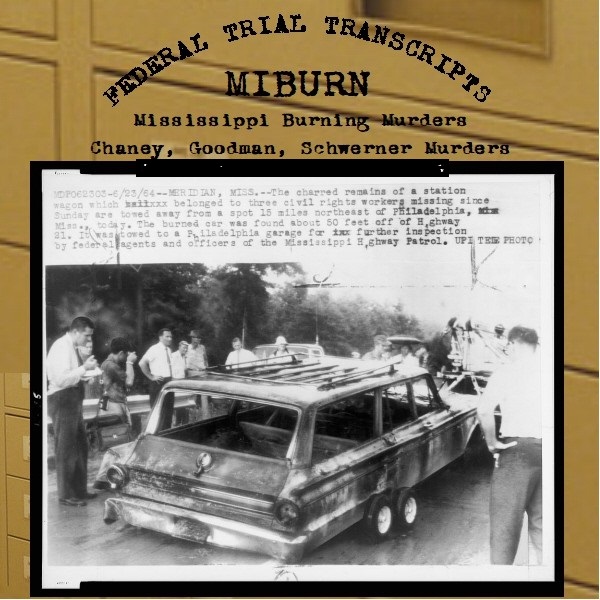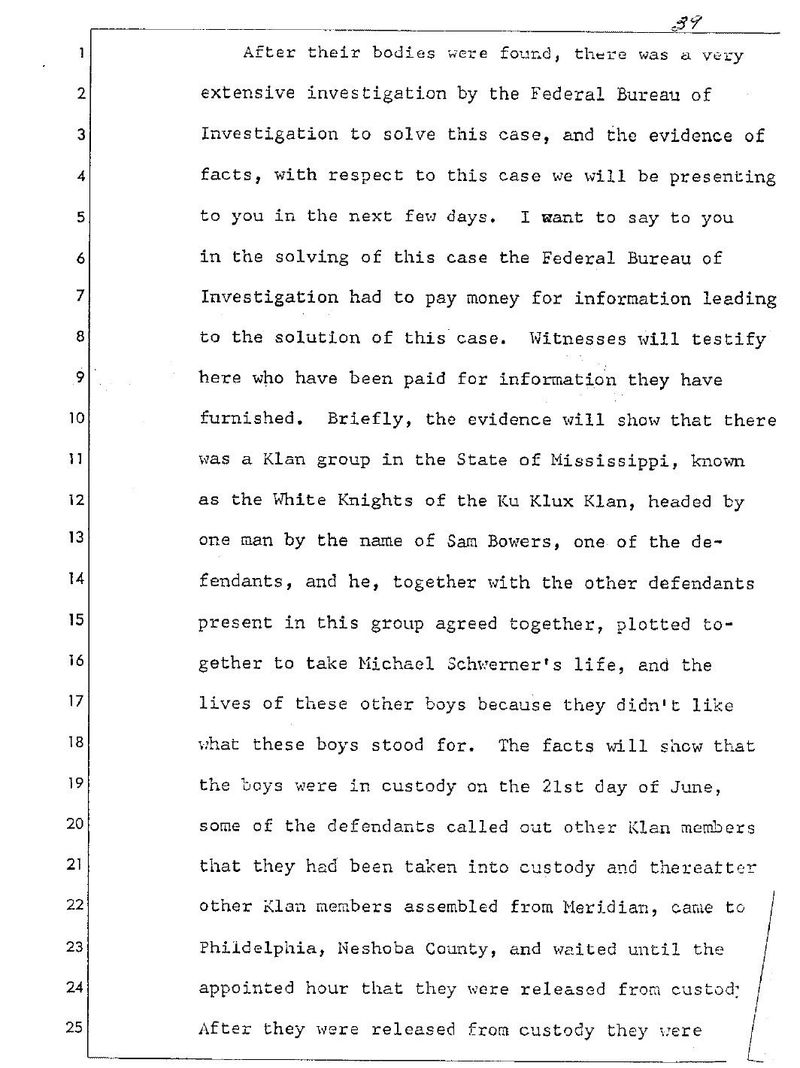Description
This extensive collection comprises 2,648 pages of federal court transcripts from the 1967 trial, United States v. Price. This landmark legal proceeding stemmed from the infamous murders of three civil rights workers—James Chaney, Andrew Goodman, and Michael Schwerner—a case widely known as “Mississippi Burning.” The transcripts detail the Department of Justice’s Civil Rights Division prosecution of those accused of violating the civil rights of these three men.
The events leading to the tragedy began on June 21, 1964, when a conspiracy resulted in the deaths of Chaney, Goodman, and Schwerner. These three activists had recently arrived in Mississippi to aid in voter registration efforts for African Americans. Their presence in Philadelphia, Mississippi, proved fatal. Their involvement in the struggle for voting rights directly contributed to the events that unfolded.
The narrative unfolds with the involvement of Deputy Sheriff Cecil Price, who encountered the civil rights workers as they were changing a tire. Instead of offering assistance, Price falsely accused them of speeding, made arrests, and briefly jailed them on flimsy pretenses. After a nominal fine for Chaney, Price released them late at night, ostensibly ordering them to leave Neshoba County. However, this seemingly innocuous act of releasing them was a deceptive maneuver, a prelude to their tragic demise. Price’s actions, rather than being an act of law enforcement, contributed to the orchestration of their deaths.
The subsequent discovery of the civil rights workers’ burned-out car on June 23, 1964, on a secluded logging road, confirmed the worst fears. The charred remains of their vehicle, located eighty feet from the highway based on information from local residents, marked the grim end of their journey and served as chilling evidence of the brutal violence they faced. The discovery, guided by tips from the Choctaw community, highlighted the complicity of some locals and the desperate search for justice that followed. Following a thorough and prolonged FBI inquiry, incentivized by a substantial reward offered for information leading to the location of the missing individuals, the remains of the three slain civil rights activists were finally unearthed on August 4th, 1964. The bodies were discovered interred within an earth dam situated on an agricultural property approximately six miles to the southwest of Philadelphia, Mississippi. The extensive search, fueled by the promise of a financial incentive, ultimately concluded with the grim discovery of the victims’ burial site in a rural location near the town of Philadelphia. This location, a man-made earthen dam on a farm, served as the final resting place for the three murdered civil rights workers, marking the tragic end of a long and arduous investigation. The FBI’s reward played a significant role in the eventual success of the search, highlighting the importance of public engagement in solving major crimes. The date, August 4th, 1964, remains etched in history as the day the truth about their fate was revealed.
Timeline of Events:
1963:
- June 13: Medgar Evers, a prominent Mississippi civil rights leader, is assassinated.
1964:
- January: COFO (Council of Federated Organizations) announces the Mississippi Summer Project to register Black voters.
- February 15: The White Knights of the Ku Klux Klan of Mississippi is founded.
- April 24: The KKK burns crosses at 61 locations across Mississippi.
- Memorial Day: Michael Schwerner and James Chaney encourage the congregation of Mt. Zion Methodist Church in Neshoba County to register to vote.
- June 14: Andy Goodman and other student volunteers, including CORE members Schwerner and Chaney, attend a training session for the Summer Project in Oxford, Ohio.
- June 16: Armed KKK members attack leaders of Mt. Zion Church.
- June 17: The KKK burns down Mt. Zion Church. It is one of twenty Black churches firebombed in Mississippi that summer. The FBI begins an investigation into the church bombing, codenamed “MIBURN,” for “Mississippi Burning.”
- June 20: Schwerner, Chaney, and Goodman drive from Ohio to the CORE office in Meridian, Mississippi.
- June 21:Schwerner, Chaney, and Goodman visit the burned Mt. Zion Church in Neshoba County.
- On their way back to Meridian, Deputy Sheriff Cecil Price arrests them and takes them to the county jail in Philadelphia, Mississippi.
- Price releases the three men at 10 pm, conspiring with local Klan members.
- The civil rights workers’ station wagon is overtaken on a rural road. They are beaten, shot, and their bodies buried in an earthen dam.
- June 22: The FBI launches an investigation into the disappearance of the three civil rights workers. Joseph Sullivan is appointed to lead the investigation.
- June-July: The FBI interviews approximately 1,000 Mississippians, including an estimated 500 KKK members.
- June 23: President Lyndon B. Johnson meets with Attorney General Robert Kennedy and others to discuss an Administration response to the crisis in Mississippi.
- June 24: Prominent Black leaders, including James Farmer, John Lewis, and Dick Gregory, meet with Neshoba County officials in Philadelphia.
- July 2: President Johnson signs the Civil Rights Act of 1964 into law.
- July 10: FBI Director J. Edgar Hoover arrives in Jackson to open a Mississippi office of the FBI.
- July 31: The FBI learns the probable location of the bodies.
- August 3: A search warrant is obtained for an earthen dam at the Old Jolly Farm.
- August 4: The bodies of Schwerner, Chaney, and Goodman are discovered.
- October 13: KKK member James Jordan confesses to the FBI about his involvement in the conspiracy and agrees to cooperate with the investigation.
- November 19: KKK member Horace Barnette confesses and describes the shootings.
- December 4: Nineteen members of the conspiracy are arrested and charged with violating the civil rights of Schwerner, Chaney, and Goodman.
- December 10: A U.S. Commissioner dismisses the charges against the nineteen.
1965:
- January: A federal grand jury in Jackson reindicts the nineteen.
- February 24: Judge William Cox dismisses the indictments (except against Price and Sheriff Rainey), claiming the conspirators were not “acting under color of state law.”
1966:
- March: The U.S. Supreme Court reinstates the original indictments, overruling Judge Cox.
1967:
- February 28: A new grand jury indicts the nineteen conspirators.
- October 7: The trial of the Neshoba County conspirators begins.
- October 18: The case goes to the jury.
- October 20:The jury finds seven conspirators guilty.
- Nine are acquitted.
- The jury cannot reach a verdict on three of the men.
- December 29: The convicted conspirators are sentenced to prison terms ranging from three to ten years.
1970:
- March 19: The seven convicted men enter federal prisons after exhausting their appeals.
- September 8: Two of the conspirators are severely beaten by Black inmates in a federal prison in Texarkana.
1974:
- Cecil Price is released from prison.
Cast of Characters:
Victims:
- James Chaney: A Black civil rights worker from Meridian, Mississippi, working with CORE.
- Andrew Goodman: A white civil rights worker from New York City, volunteering with CORE for the Summer Project.
- Michael Schwerner: A white civil rights worker from New York City, leading CORE’s efforts in Mississippi.
Law Enforcement and Government:
- Cecil Price: Neshoba County Deputy Sheriff and KKK member, arrested and later released the three civil rights workers into the hands of the Klan.
- Joseph Sullivan: FBI Agent who headed the investigation into the disappearances.
- Lyndon B. Johnson: President of the United States during the time of the murders and the subsequent investigation and trial.
- Robert Kennedy: Attorney General of the United States, involved in discussions about the government’s response to the crisis in Mississippi.
- J. Edgar Hoover: Director of the FBI, who opened a Mississippi office of the FBI following the murders.
- William Cox: Federal Judge who initially dismissed the indictments against most of the conspirators.
Civil Rights Leaders:
- Medgar Evers: Prominent Mississippi civil rights leader assassinated in 1963.
- Bob Moses: Leader of COFO, which organized the Mississippi Summer Project.
- James Farmer: National Director of CORE.
- John Lewis: Chairman of SNCC, a prominent civil rights organization.
- Dick Gregory: Comedian and activist, involved in meeting with Neshoba County officials following the disappearances.
KKK Members and Conspirators:
- James Jordan: KKK member who confessed to his involvement and cooperated with the FBI investigation.
- Horace Barnette: KKK member who confessed and described the shootings.
- Sheriff Rainey: Neshoba County Sheriff, implicated in the conspiracy but never convicted.
Note: This list includes the most prominent individuals mentioned in the sources. The trial involved numerous other individuals, including witnesses, jurors, and additional law enforcement officials.
Related products
-
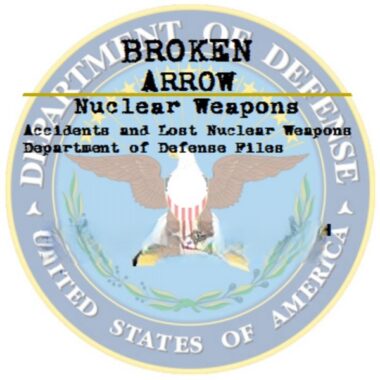
Accidents and Lost Nuclear Weapons Department of Defense Files
$19.50 Add to Cart -

John F. Kennedy Assassination Dallas Police Department Files
$19.50 Add to Cart -
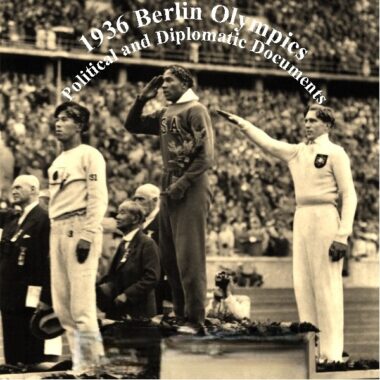
Berlin 1936 Olympics: Political and Diplomatic Documents
$19.50 Add to Cart -
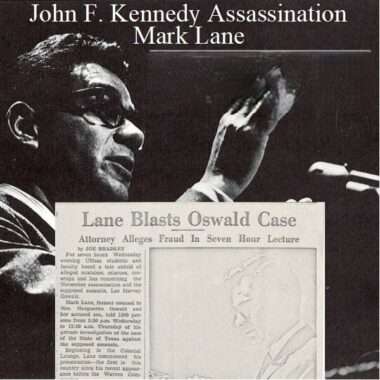
John F. Kennedy Assassination: Mark Lane FBI & Warren Commission Files
$19.50 Add to Cart

